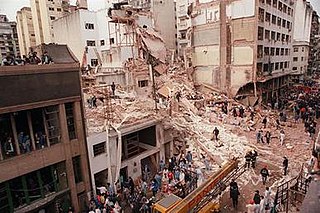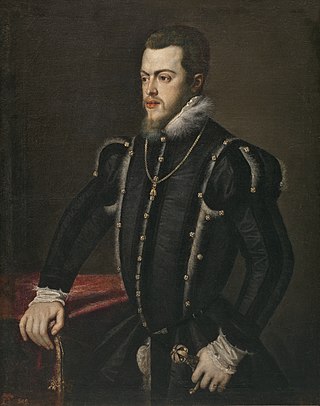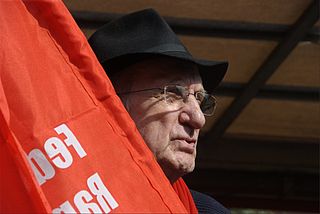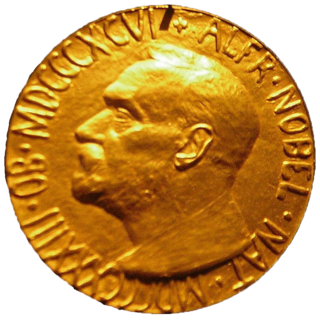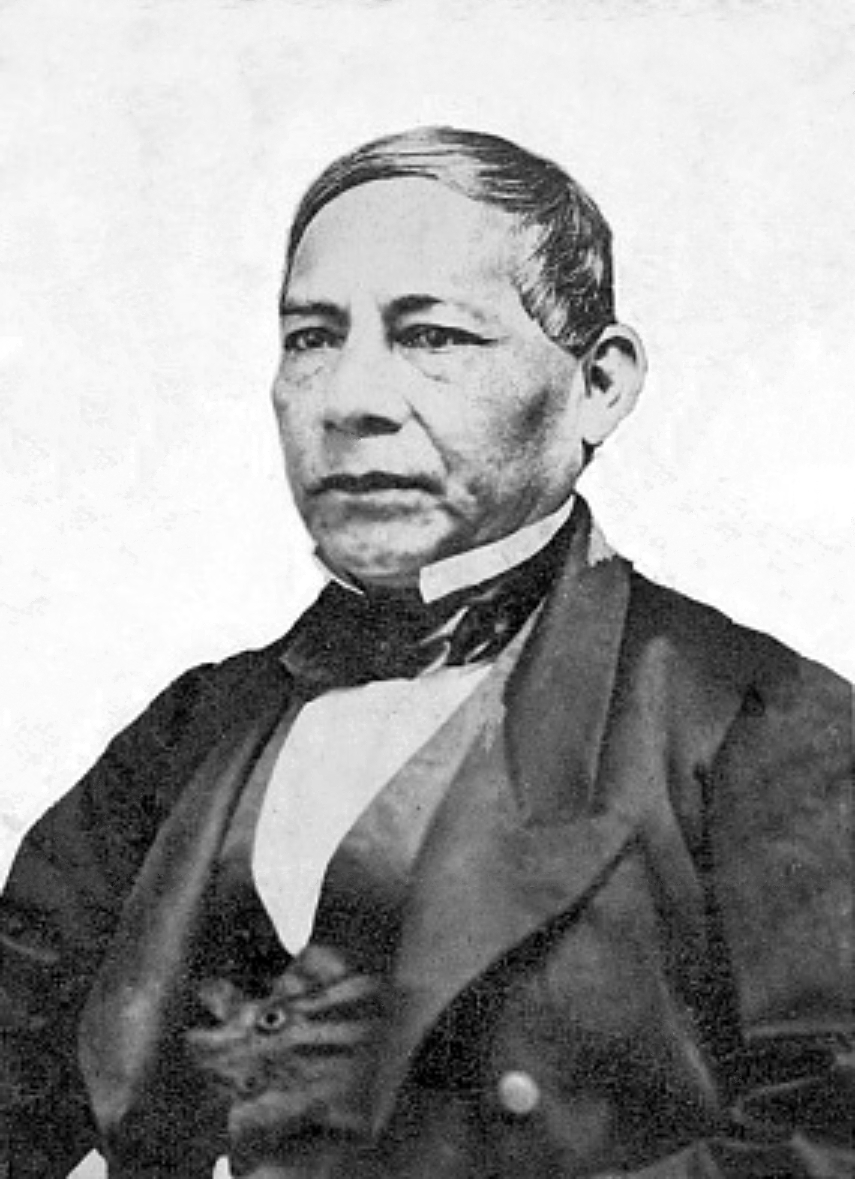
Kyoto Animation arson attack
The Kyoto Animation arson attack occurred at Kyoto Animation's Studio 1 building in the Fushimi ward of Kyoto, Kyoto Prefecture, Japan, on the morning of 18 July 2019. The arson killed 36 people, injured an additional 34, and destroyed most of the materials and computers in Studio 1. It is one of the deadliest massacres in Japan since the end of World War II, the deadliest building fire in Japan since the 2001 Myojo 56 building fire, and the first massacre ever to have occurred at a studio associated with an entertainment company.


























